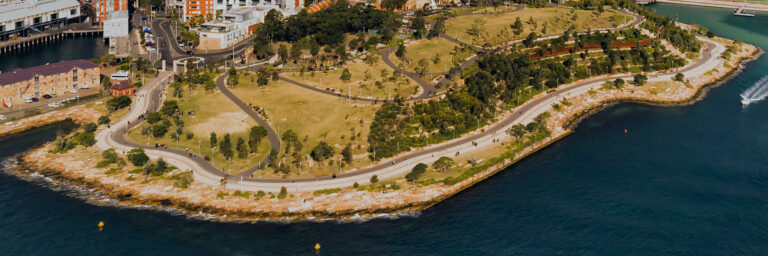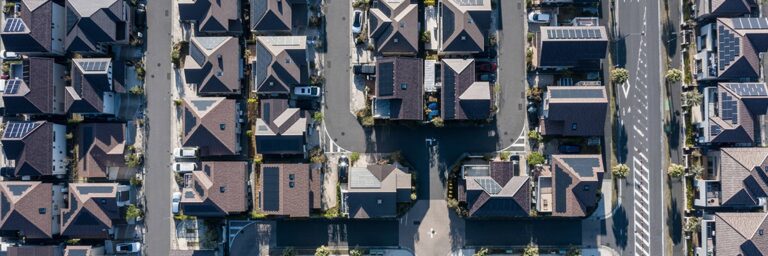SMEC’s urban renewal vision
Ideally, I see our team working on large precincts of significance, such as those that are coupled with the large linear infrastructure projects currently underway. The opportunity is to not only design tunnels and stations or interchanges, but to also influence the urban outcomes that these projects will generate. The NSW Government has done an excellent job of recognising the nexus between movement and place. This is the notion that the transport infrastructure is the means to move between great places where we work and live.
There is a renewed focus in many larger projects to create exceptional public realm outcomes, great customer experiences for stations and to democratise access to public amenity such as the Brisbane River or Sydney Harbour.
We need to think outside the confines of a project which involves specific infrastructure. Urban renewal is more than that. It’s about creating experiences for people and improving our relationship with public spaces.
In terms of community expectations, people, in particular younger generations, want a range of amenity and different ways of living in contrast to the traditional notion of the Australian dream – a house and a 600m2 backyard.
People want to be in the city and the cost of housing is increasingly out of reach for many in our more expensive cities.
Urban renewal offers opportunities for diversity of housing stock. There remains a need for affordable housing and stock to meet the changing demographic of cities. Cities like Brisbane increasingly have a higher proportion of single occupant dwellings. In the past, this may have been single men but now we are seeing more women living by themselves. This is in addition to megatrends such as the ageing population which will also have an impact of real estate within urban environments. Our cities need to adapt to the changing demographics and urban renewal can offer opportunities to do this.
The opportunities that lay ahead are what excite me about this role and SMEC’s vision for urban renewal.









